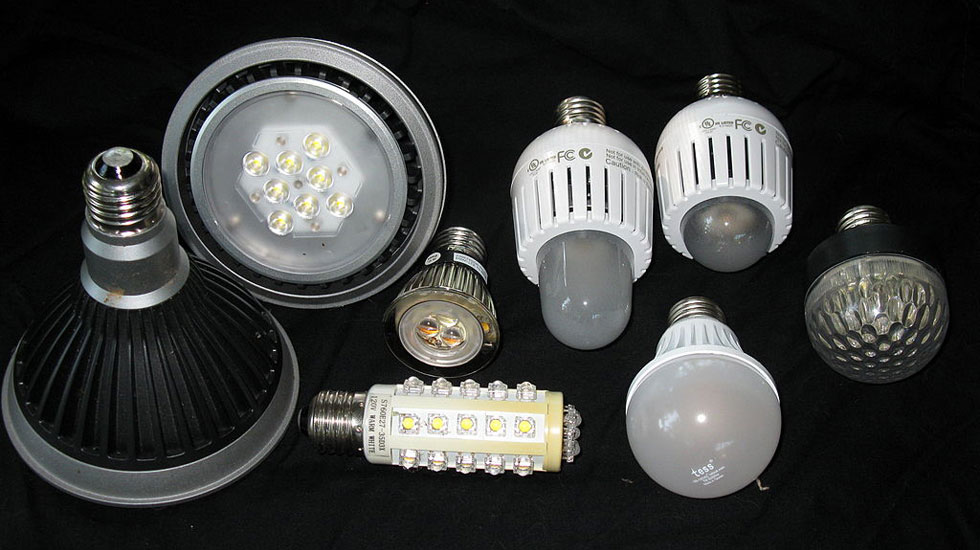MCFO (Medical Center Facilities Operations) has recently initiated and completed an Energy Savings Project upgrading and installing new energy efficient LED and fluorescent fixtures with programmable ballast in four of the lecture halls, conference rooms, and classrooms in 3.7661, 1.7619, 2.7545, and G.8534.
“How can lighting damage the environment?
Although it appears innocuous, lighting causes air pollution. Each day, your local power plant will commonly burn coal, oil, and gas to generate electricity for your lighting system as well as for your other electrical needs. While burning these fossil fuels produces a readily available and instantaneous supply of electricity, it also generates air pollutants: carbon dioxide (CO2), sulfur dioxide (SO2), and nitrogen oxides NOx).” (SMARTWATT Energy Inc. 2013)
The Medical Center received a NYSERDA reimbursement of almost 50% of the project or $15,135.06. The simple payback (based on energy use alone) period was 32.77 months, or under 3 years, and the energy payback (cost incurred changing out lights by mechanics which is significantly less on LEDs and the energy use combined), with after maintenance savings, was just 14.25 months or 1.1875 years!
It resulted in the following efficiencies and savings highlights:
A 72% reduction in total lighting costs in these areas
An annual energy savings of $5,918.28
Five years energy savings of $30,798.95
Ten year energy savings of $64,803.48
Twenty year accumulated energy savings of $143,798.56
This is just the tip of the iceberg concerning energy savings projects and ideas at the Medical Center. We are looking forward to many other projects in the upcoming years.
Submitted by Robert Hibbard, Facilities Area Manager, SMD
photo by Geoffrey.landis at en.wikipedia [CC-BY-3.0], from Wikimedia Commons


I was looking for a quality article about energy saving. Thanks for the excellent & accurate statistics. Good luck.
This is excellent. good job and very beneficial.
Wonderful stats of energy Saving…
I like it
Wonderful stats of energy Saving…
Can I repost stat in our blog at thetechdigit.com?
This is excellent. Are there other programs like it that could deliver such benefits? Insulating buildings better? Installing more thermostats in buildings? etc. Thanks for posting the C-B data, very helpful.
However, given the excellent economics, one wonders why we, or anyone, need a subsidy to have done something that seems to make so much economic sense?